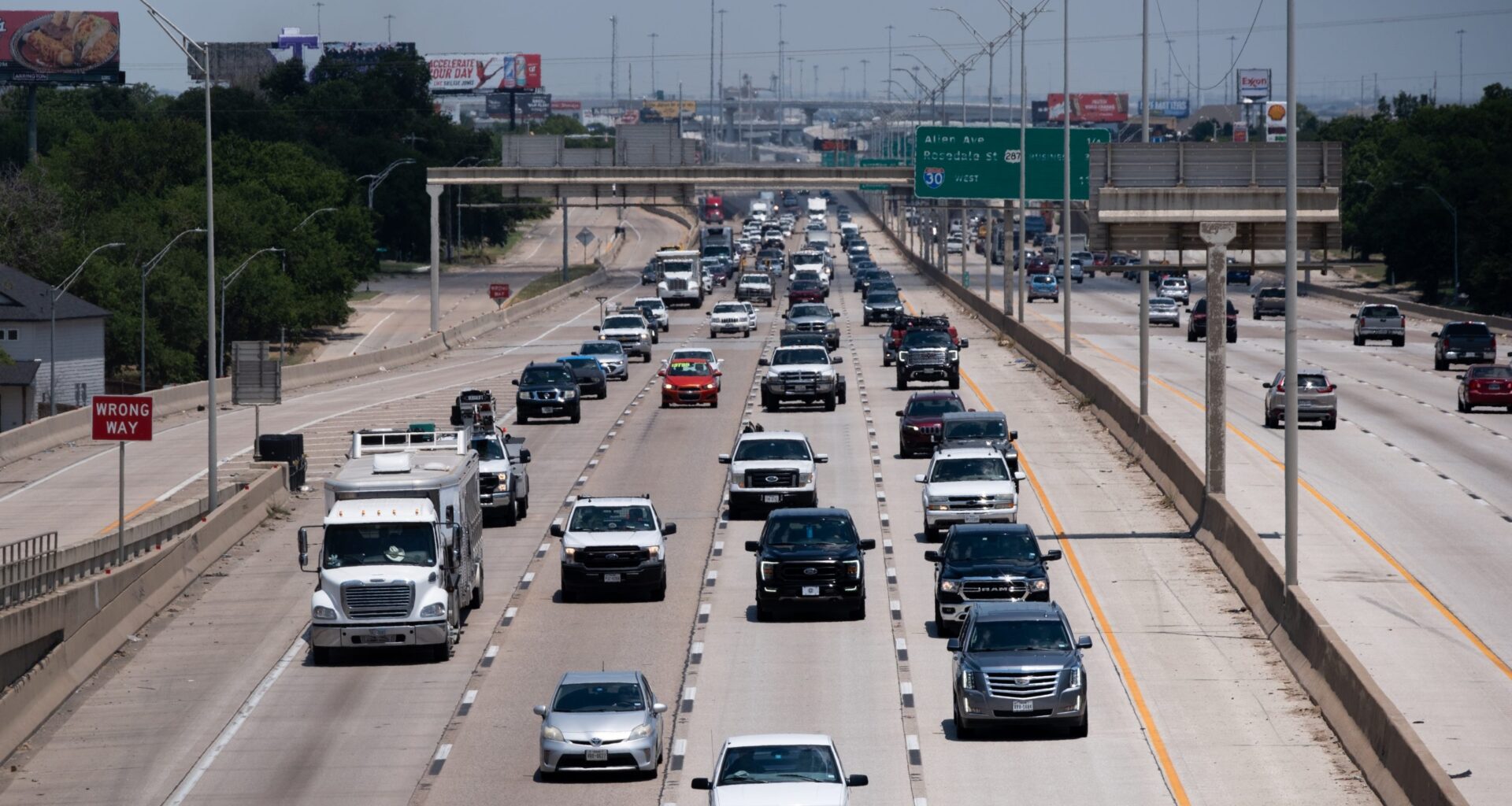The Dallas-Fort Worth region has seen seven days this year when ozone levels exceeded unhealthy air standards for sensitive groups, according to data from air quality officials.
On those days, Ozone Action Day alerts were issued by the Texas Commission on Environmental Quality, indicating ozone was above 70 parts per billion. The alerts inform the public and encourage them to take steps to reduce contribution to air pollution and ozone formation, said Daniela Tower, air quality planner with the North Central Texas Council of Governments.
The alerts also urge the public to adjust daily routines to mitigate health risks, said Tower. Residents are advised to minimize outdoor exposure, carpool or avoid idling vehicles and to stay informed on weather forecasts.
Ozone levels between 71 and 85 parts per billion are considered unhealthy for sensitive groups including children, older adults, those with lung disease and those who are active outdoors, according to the council of governments, the agency responsible for monitoring Dallas-Fort Worth’s air quality.
Ozone measured between 55 or 70 parts per billion is considered moderate.
Between March and July, so far, the region has seen 41 days with moderate ozone levels. The first alert for this year was issued April 10, the data shows.
Compared to this time in 2024, North Texas has seen fewer days when ozone levels exceeded or met unhealthy ranges. Between May 18 and June 15, 2024, 12 ozone action alerts were issued for Dallas-Fort Worth, according to data from the state environmental commission.
North Texas saw 43 days in 2024 when ozone action alerts were made.
The public can expect to see more alerts issued later this year as ozone season for the region runs from March to October.
What is ozone?
Ozone, or smog, is a gas formed when volatile organic compounds and nitrogen oxides emitted by human activities and natural sources react in the sunlight, according to the North Texas Council of Governments. Vehicle emissions, power plants, industrial sites, and area sources such as paints and motorized lawn equipment largely contribute to ground-level ozone.
Ozone can lead to a variety of health problems such as chest pain, coughing, throat irritation and congestion, according to the council of governments. The gas can also worsen respiratory conditions such as emphysema, asthma and bronchitis.
The Dallas-Fort Worth region is currently classified as a severe nonattainment zone — an area that fails to meet the National Ambient Air Quality Standards under the Environmental Protection Agency — as it has long failed to keep ozone under the federal limit of 70 parts per billion.
The current design value of ozone for North Texas sits at 79 parts per billion for 2025 so far. The design value represents the average of the fourth-worst ozone day from each year in a three-year period, according to the council of governments.
Under the EPA’s Clean Air Act, polluters or major sources of volatile organic compounds in North Texas could face annual fines of $45 million if levels are not brought to or below 75 parts per billion, according to the state commission.
Whether those fines will be enforced remains up in the air due to anticipated changes in federal environmental law, University of Texas at Arlington public affairs professor Evan Mistur told the Report in June.
Within days of taking office, President Donald Trump vowed to roll back federal policies on climate change and air quality. In a June news conference, EPA director Lee Zeldin announced two proposals that would eliminate clean air protections for power plant pollution.
Meanwhile, air quality planners with the council of governments have asked the public to provide feedback on the agency’s Dallas-Fort Worth Air Quality Improvement Plan, which outlines strategies to address and reduce air pollution through 2050.
Part of the plan will largely focus on emissions generated through regional transportation as vehicles make up 41% of greenhouse gas emissions, according to the council of governments.
Nicole Lopez is the environment reporter for the Fort Worth Report. Contact her at nicole.lopez@fortworthreport.org.
At the Fort Worth Report, news decisions are made independently of our board members and financial supporters. Read more about our editorial independence policy here.
Related
Fort Worth Report is certified by the Journalism Trust Initiative for adhering to standards for ethical journalism.
Republish This Story
Republishing is free for noncommercial entities. Commercial entities are prohibited without a licensing agreement. Contact us for details.
